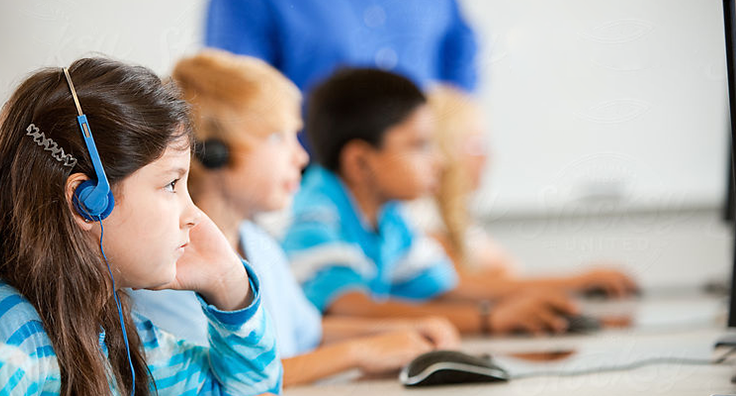Briefly speaking, bilingualism is the ability to speak two languages.
Babies and children of up to 7 years of age are geniuses at learning languages. Then the ability to learn a language steadily decreases, remaining high, however, in the early childhood education. Never again do we learn foreign languages with such ease.
Language immersion, [from English: immerse], is a method used in bilingual facilities for children. It involves introducing a child into the world of a foreign language, without explanations in the native language. As a result, children learn a language intuitively, carefully watching their environment and the situations, whose description in a given language they accept in a natural way. The process is similar to learning the mother tongue.
Bilingual teaching, in turn – CLIL, is a modern and innovative way of teaching a foreign language, acquiring an increasingly high recognition among the European Union countries. Its name, CLIL, comes from English and stands for Content and Language Integrated Learning. CLIL refers to teaching particular or all subjects both in the mother tongue and the foreign language, and aiming at achieving proficiency in two languages, both spoken and written: the mother tongue and the foreign language, at an equal level.




